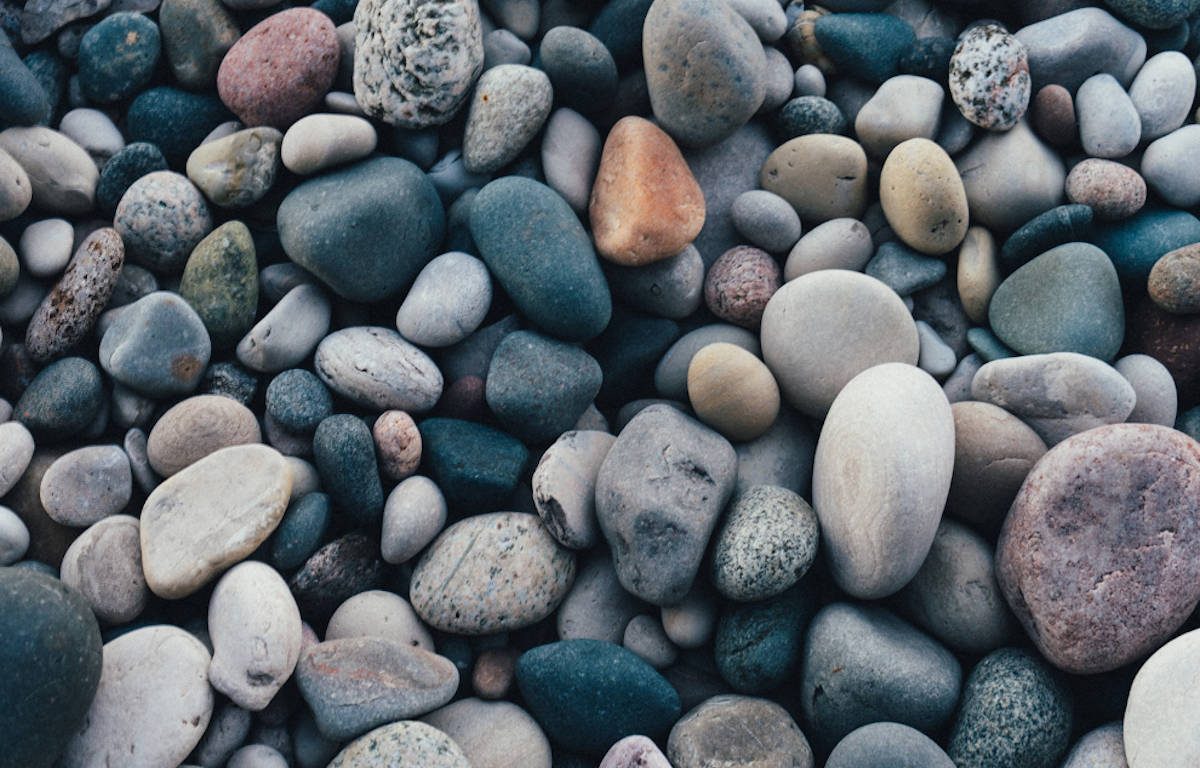Grounding is a coping strategy to focus your thoughts in the present. It is often used when experiencing high levels of anxiety, flashbacks, or disturbing thoughts. These elevated levels of distress can be caused by memories of events that happened in the past. Or alternatively, fears or worries of something that may happen in the future. Grounding exercises connect you to the present moment. It is a form of mindfulness that helps break the cycle of recurring thoughts. It also reduces the intensity of the fight-or-flight response, which is the body’s emergency response to danger or perceived danger.
Why does grounding work?
Severe anxiety or feeling like you are in danger can make people feel disconnected from other people and their surroundings. Thoughts race through your mind, whatever is causing the anxiety becomes inflated. The thoughts tend to be negative and can lead to stress.
When we experience stress, our body experiences increased levels of cortisol, adrenalin, and norepinephrine, which in turn increase our heart rate, blood pressure and even blood sugar levels. It can also affect how other stimuli are interpreted. Sounds get louder or muffled, smells can become more intense, and time can speed up or slow down. Reality is distorted. And this can also lead to further stress.
Engaging in a mindfulness practice can help regulate the sympathetic nervous system which is responsible for the fight-or-flight response. Grounding breaks the stress cycle through sensory focusing. It provides people a sense of regaining control over their thoughts and feelings. They also experience improvements in depression, stress, and pain management.
Using a stone to ground yourself
Find a stone that can be your go-to for grounding. If you take walks in nature, you can easily find one on a path or by a river. Once you have a stone, practice grounding with it when you are feeling relaxed. Then when you need it during times of high anxiety or stress, you can repeat the exercise with some familiarity and a higher likelihood of succeeding. The more you do this exercise, the faster the stone can trigger your ability to get grounded.
Steps to ground with a stone
A simple way to ground yourself with a stone starts by holding the stone in your hand and noticing how it feels. What is the texture? Does it feel warmer or cooler than your hand? What colour is it? Is it heavy or light? Does it smell like anything? Notice how you are using your senses to focus your thoughts on the stone?
Next, switch your thoughts to yourself, look inwards. What emotions are you experiencing? What do you feel physically in your body? There are no right or wrong answers, you just need to acknowledge what surfaces in this exercise. Afterwards shift back to the stone again. Do you notice anything different? Then return to yourself again, but this time focus on your breath. Take a few deep breaths and notice how it affects your mind and your body.
Once it feels like you are fully in the present moment and the negative thoughts you were experiencing prior to the start of the exercise have subsided in intensity, you can shift your focus for one last time to the stone. Be grateful for how it has helped you refocus your thoughts and the improvement in how your body feels. By the end of the exercise you may even feel a heavy sensation that many in fact associate with being grounded or relaxed. You are more aware of your surroundings and you feel calmer. You are more in tune with yourself.
What grounding object do you prefer?
Stones are not for everyone, some people use stress balls, a small stuffed animal, or a sensory/fidget toy. Whatever you choose to use is fine, as long as it gives you a tactile reference which can trigger the change you need. Put some thought into choosing your grounding object. It can change with time, it may be more than one object, and it can vary based on the context you find yourself in.
I picked my stone at a creek that I pass on my weekend walks. I often go with a family member, so there is a bit of symbolism tied to the stone as a result. It both reminds me of being supported by my family, and it connects me to nature. The great thing about stones is that they are very portable. They are small enough to keep in a pocket or a purse. Or you can have a vase filled with various stones that looks decorative and gives you a choice of stones to ground with when you need to.
IMAGE CREDIT: Unsplash | Scott Webb.

